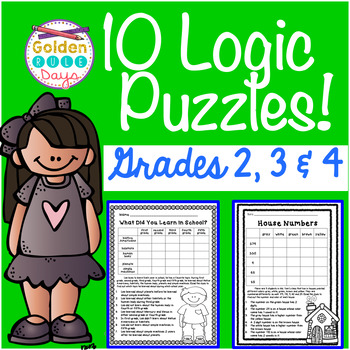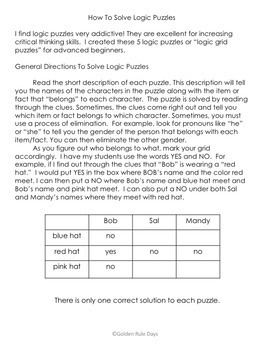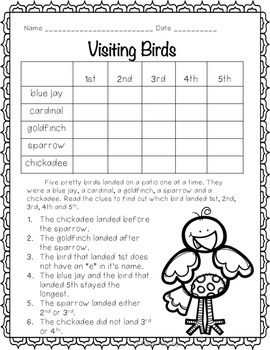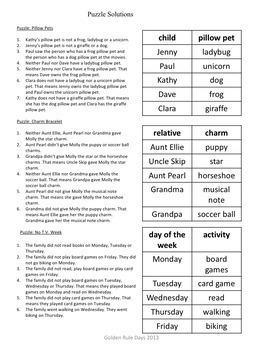Early Finishers Logic Puzzles Enrichment Activities Fast Finishers
- PDF
What educators are saying
Description
Are you looking for ways to incorporate critical thinking and reasoning skills into your classroom? These 10 logic puzzles would be perfect as enrichment activities and for fast / early finishers and gifted and talented students! They would also work well as morning work and homework.
I have always enjoyed doing logic puzzles myself and decided to make some of my own for my students.
In my class,
* I introduce logic puzzles by doing one as a whole group.
* Then, I let them work on one with a partner.
* Finally, I let them try them on their own. They love these!
Your gifted and talented students will probably figure these out after an introductory lesson on how they work.
I have included general directions for solving logic puzzles as well as step by step solutions for each puzzle.
If you would you like this product in print AND digital, please Click Here.





